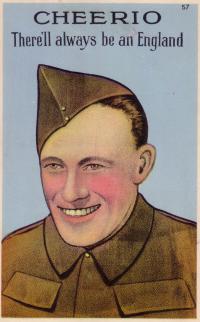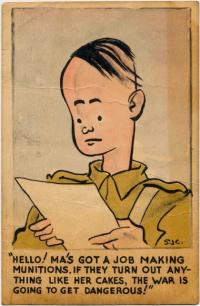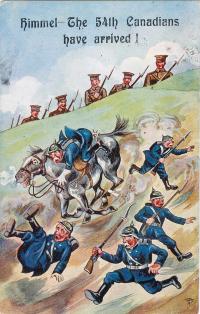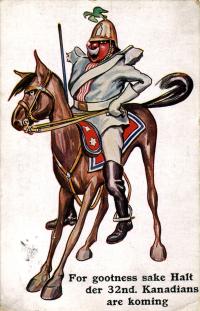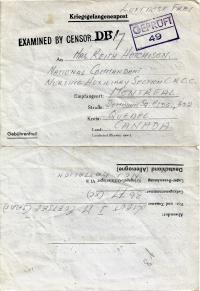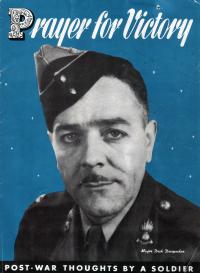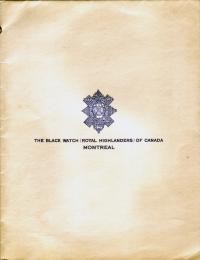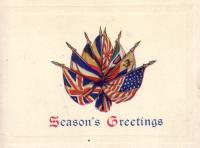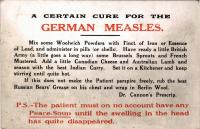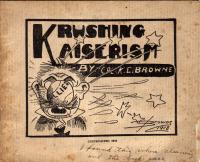Relaxing
Canadians in uniform
In this series from the Second World War, an Ottawa printer presented archetypes of young Canadian soldiers and airmen.
"Ma's got a job making munitions"
The demands of the war required many women to take jobs in munitions and aircraft factories. This postcard reflects humorously on their transition from the home to the workplace.
The 54th Battalion takes the field
This postcard, sent home by a soldier of British Columbia's 54th Battalion, is typical of the generic postcards that were printed with the names of dozens of different units.
Three battalions, one cartoon
Different British publishers used the same cartoon to produce cards for the 32nd Battalion from Winnipeg, Manitoba, the 48th Battalion, from Toronto, Ontario, and the 59th Battalion, from Brockville, Ontario.
A letter from captivity
Prisoners of war in Germany were permitted to send just two letter forms like this per month. This South African airmen used one of his to write to a friend who worked with the Canadian Red Cross Society.
A soldier-poet looks towards peace
One of the most popular poems of the Second World War, "Prayer for Victory" was read to huge crowds by actors Greer Garson and Raymond Massey, and broadcast to millions of listeners on national radio networks. Diespecker asked that any profits generated by sales of his work go to the Canadian Red Cross Society.
A Black Watch Christmas card
Probably produced in the 1930s, this card used a First World War image, A. Sherriff Scott's drawing of men of the 42nd Battalion CEF in the trenches near Lens at Christmas 1917.
Christmas wishes from the Premier
Early in the First World War, Ontario Premier Sir William Hearst sent this card to the province's soldiers overseas.
Canadian cheese at war
One of the many humorous postcards of the First World War, this one provided a recipe for defeating Imperial Germany.
A Nova Scotia cartoonist on the Kaiser
Kenneth Browne of Windsor, Nova Scotia, served in the Canadian Army Medical Corps during the First World War, and published a collection of his own cartoons upon his return home.

